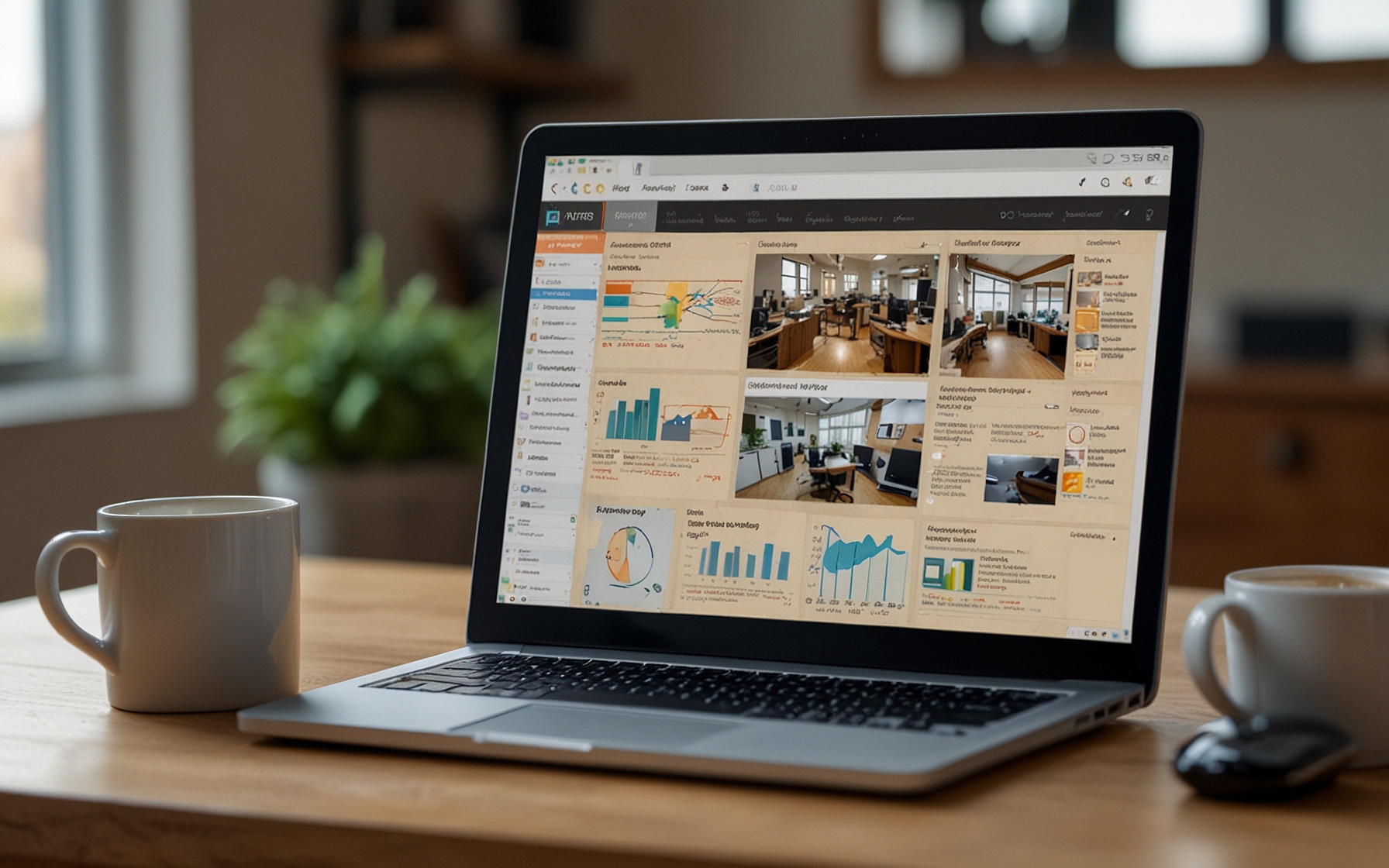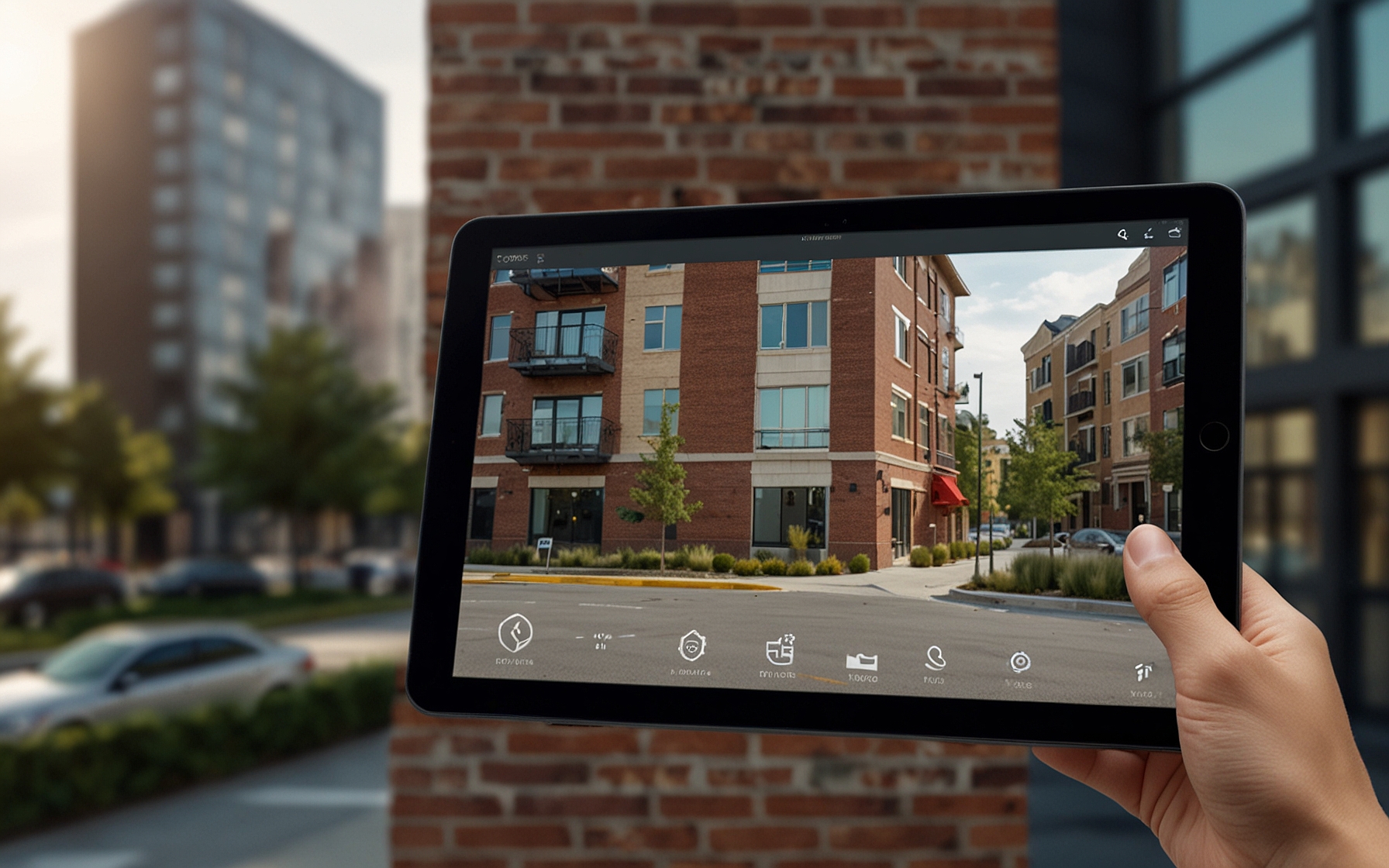
Data Driven Content Calendar Strategies
This blog post explores how data-driven decisions are revolutionizing content calendars, transforming them from simple scheduling tools into dynamic strategy hubs. It highlights the role of analytics and AI in optimizing timing, themes, and content formats to improve campaign performance and ROI. Learn how smart automation and ongoing measurement can enhance team productivity and help brands stay agile in a rapidly changing digital landscape. If you're ready to upgrade your content planning and drive better results, this post offers valuable insights and strategies for 2025 and beyond.
Content calendars today have really stepped up their role in marketing—they're not just organizational tools, they're the backbone of a brand's entire content direction. With more platforms and competition than ever, it’s not enough to just schedule posts. Data and analytics shape every smart move, from timing and themes to which campaigns actually deliver on key goals. If you’re looking to refine how your team functions day-to-day or aiming to get way more from your content, leaning on data-backed decisions is now the minimum standard rather than the bonus.
The Data-Driven Calendar Evolution
Until recently, mapping out blog posts and promos was a manual grind. But the smartest marketers in 2025 don’t start with a hunch—they kick off planning by digging through past performance data. The payoff: marketers who embrace a data-driven content plan are three times more likley to hit targets. Today’s calendars are dynamic strategy hubs, adapting in real time using new data streams. Instead of just sticking to set themes or dates, updates can happen instantly when business goals shift. Plus, major and minor brands now have access to platform analytics, so every decision—from campaign launch to timing on social channels—gets tied back to what actually resonates.
Analytics tools track which content formats popped off, what times got true engagement, and even how messaging type reflects in your KPIs. That kind of intel means you're not planning in a vacuum. When trends or interests shift, your editorial focus can, too—letting every post, not just a few big launches, reflect what customers genuinely care about.
Automation, AI and Smarter Planning
Manually managing calendars by spreadsheet is honestly getting old fast. AI now offers a giant edge by handling grunt work and tapping predictive insights. Tools such as CoSchedule and StoryChief make it more possible to automate schedules, manage cross-channel launches, and catch underperforming themes right away. The latest AI content planners scan fits and gaps in your campaigns, so any missing synergies are exposed now, not weeks later when ROI tanks. These tools can personalize content for audience segments too, all based on ongoing measurement—not random effort.
Over time, the more campaigns you run with these smarter tools, the better they "learn" your audience preferences and brand tone. Built-in analytics even spot where your calendar’s uneven, flag periods with drops in effectivness, and spark up original ideas using trends or competitor data. You no longer waste cycles redoing the same work or posting content that just fizzles.
Build and Rework by the Numbers
Want to get started? Begin with your past campaigns: what worked, what didn’t, and when. Historical stats (even basic ones like pageviews or social clicks) should shape your next quarter more than just gut feeling. Consider a theme-based structure—splitting the year into sets that match product cycles or seasonal spikes. A common strategy is the 20/60/20 model, weighting the calendar for promo, education, and engagement. Managers should hook the content calendar to project management platforms to simplify updates and drive accountability. It really cuts down last-minute panic, and makes collaboration less chaotic.
Check performance dashboards often so your messaging stays fresh. With platforms changing fast, monthly reviews stop you from drifting off track. These tweaks add up and help campaigns stay resilient when a sudden trend or business change shakes things up. The data helps break silos, too; marketing, design, and even leadership can all work from the same calendar view.
The Big Impact: Measuring ROI and Improving Output
The main reward from data-driven calendars isn’t simply better management, it’s measurable improvements in campaign ROI and team productivity. When each post’s effect is connected back to actual business goals, adjusting course or dropping flops becomes quick. Integrated automation sheds a ton of manual repeat work, so your team gets to focus on bigger creative plays—not just cranking out reminders or tracking what got published. Teams who set up reporting in real time sidestep long postmortems; they fix weak messaging or audience dip the moment it appears.
Especially where resources are tight, these workflow options mean deadlines get missed less and quality improves without endless overtime. The content team spends less time slogging after calendar checks and more making stories that win attention.
Trends and Actions for 2025
AI-driven trend spotting will keep getting sharper. Next-gen content calendars will forecast optimal publish times and flag risky topic gaps before campaigns even start. Seamless multi-platform dashboards will tie everything together so brands can shift tactics by channel or by audience instantly. Hyper-personalized planning will soon be the norm—messages shaped around specific audience slices rather than just the mass.
To stay on top, invest in automated, all-in-one tools and keep a steady review cycle. Don’t just review what did well, test new content ratios and strategy pivots as the data flows in. Make sure your whole team can check—and contribute to—the calendar live so every stakeholder spots any missteps early. And if you want fresh perspective, look into case studies or demos showing how top brands pivot fast using analytics-backed content plans instead of just chasing the status quo.
Further Reading & Resources
Ready to go deeper? The links below explore these ideas in more depth and cover tools that could push your calendars further:
- How to Build and Optimize Your Content Calendar for 2025 (CapCut)
- Content Calendar Automation with AI (RelevanceAI)
- Yearly Content Calendar Guide for SaaS Brands (nDash)
- The AI Content Calendar Guide (CoSchedule)
- Top Content Calendar Tools (Feather)
- Creating the Perfect AI Content Calendar (StoryChief)
- How Using a Content Calendar Makes Your Social Content Better (SocialFirm)
#ContentPlanning #MarketingStrategy #Productivity







